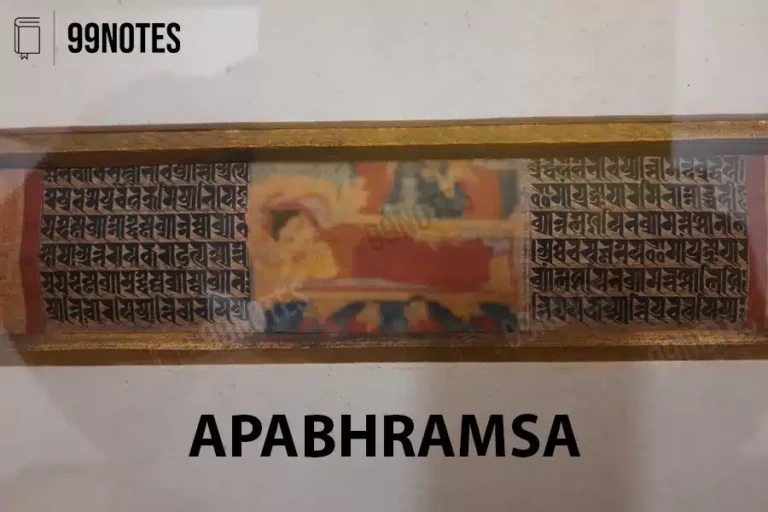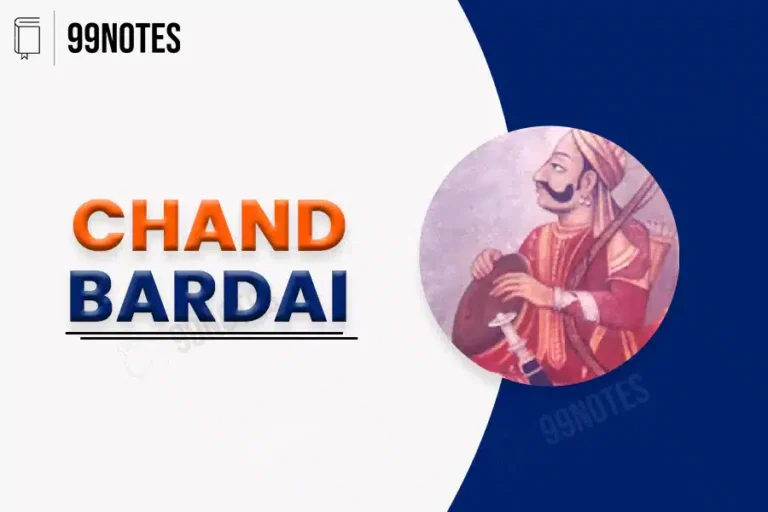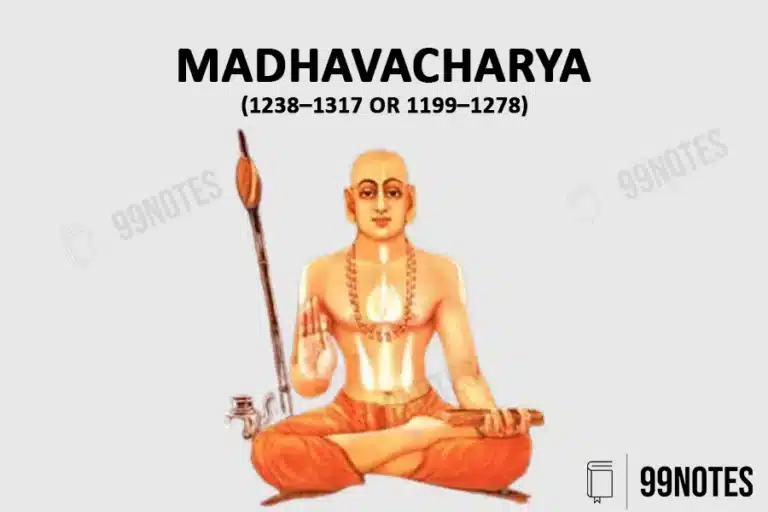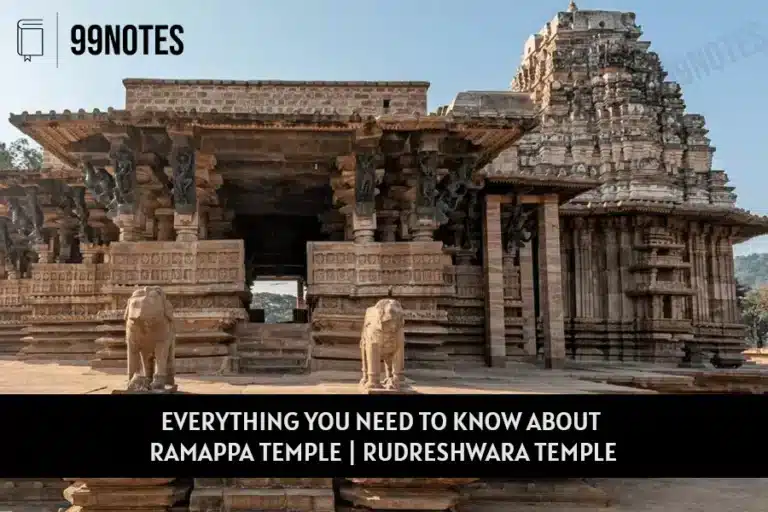Basavanna (1131 CE- 1196 CE)
-
Basavanna was a poet, social reformer and philosopher of the Lingayat sect in the Shaiva tradition.

-
He served as Chief Minister of the Kalachuri king Bijjala.
-
Beliefs:
-
Condemned social discrimination, rituals, superstition and sacrifices, prevalent in Brahmanism.
-
Promoted non-violence.
-
Rejected temple worship: He preached to people to be the temple by purifying one’s body and soul instead of making temples in physical forms.
-
Internalization of God: He emphasized the internalization of God and said true God is “one with himself, self-born”.
-
The path to salvation lay in Bhakti Marga.
-
He suggested to his followers some aids to faith and to serve as a constant reminder of one’s devotion and principles of faith:
-
Mantra – Shivaya Namah or Om Namah Shivaya.
-
Wearing a linga: Basavanna advocated direct worship of Shiva through wearing a small linga (called ‘isthalinga’) as part of the necklace. Ishthalinga did not refer to the God Shiva of the Hindusim, but to ‘formless God’.

-
-
-
Wearing rudraksha seeds or beads on parts of one body.
-
Applying Vibhuti (sacred ash on forehead).
-
-
-
Basavanna revived the Veerashaiva tradition as Lingayatism.
-
‘Veerashaiva’ means “ardent, heroic worshippers of Shiva“. It was inspired by the Bhakti movement led by Nayannars in Tamil Nadu between the 7th and 11th centuries. It flourished in Karnataka, Kerala, Maharashtra, Andhra Pradesh and Tamil Nadu.
-
Adherents of Veerashaivas began to be known as Lingayats in the 12th century.
-
Lingayatism encapsulated the philosophy of Basavanna.
-
-
Basavanna used the vernacular language Kannada to spread his ideas to the common people.
-
Works:
-
As the Chief Minister of the Kalachuris, he introduced Anubhava Mantapa (“hall of spiritual experience”). It was an institution of social democracy which welcomed men and women from any sect, caste or social class to participate in their spiritual quest.
-
He used the Kalachuri state treasury for his social reforms and religious movement to revive the Lingayat tradition. In addition, he patronized Lingayat ascetics called Jangamas.
-
Literary works: Basavanna spread social awareness through his poetry called ‘Vachanas’. Some of the works are:
-
Vachana Sahitya (Kannada).
-
Shat-sthala-vachana – It is a discussion on the six stages of salvation.
-
Raja-yoga-vachana
-
Ghatachakra-vachana
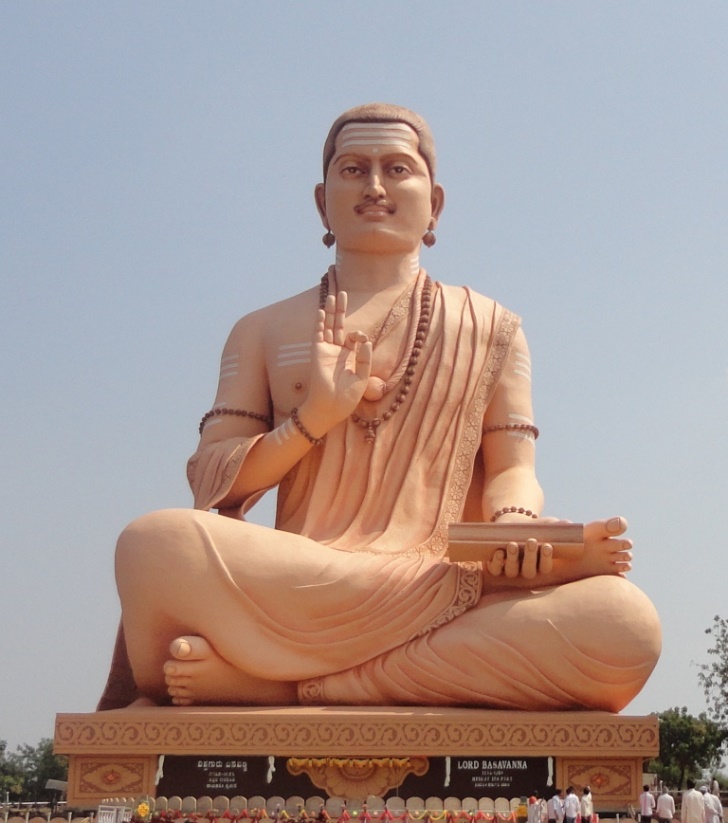
Fig: World’s tallest statue of Basavanna in Basavakalyana city, Bidar Karnataka.
-
-
-
-
-
In 2003, a statue of Basavanna in the Parliament of India was inaugurated.
-
-


